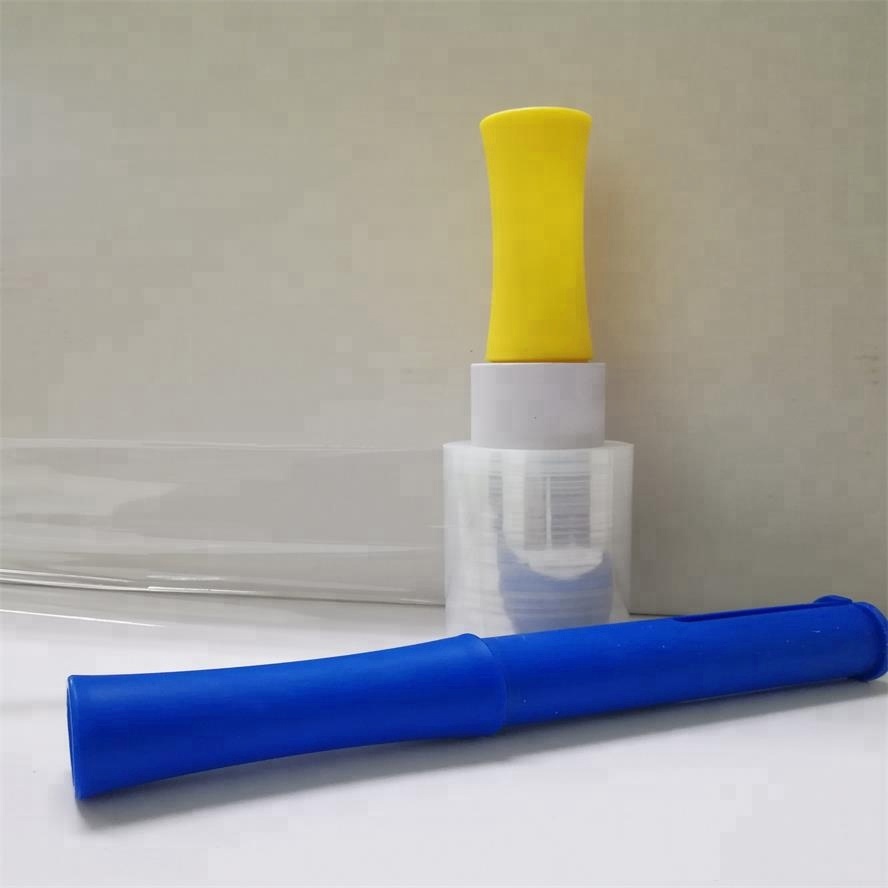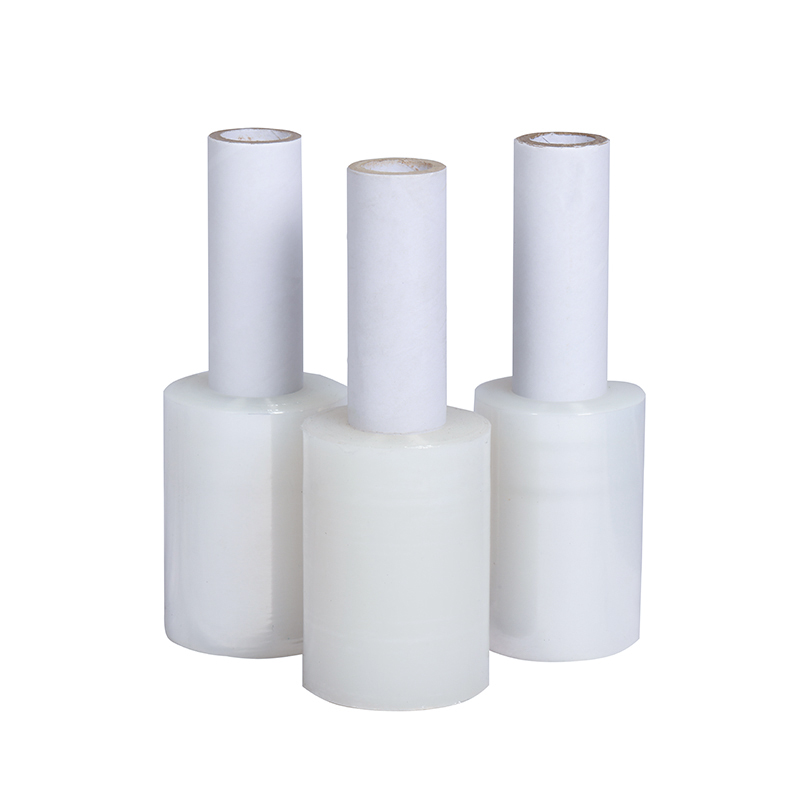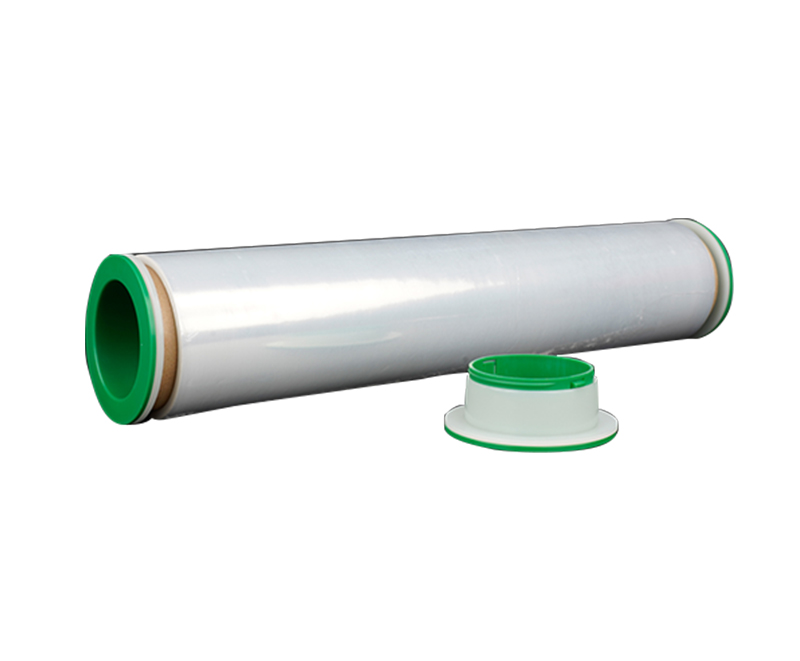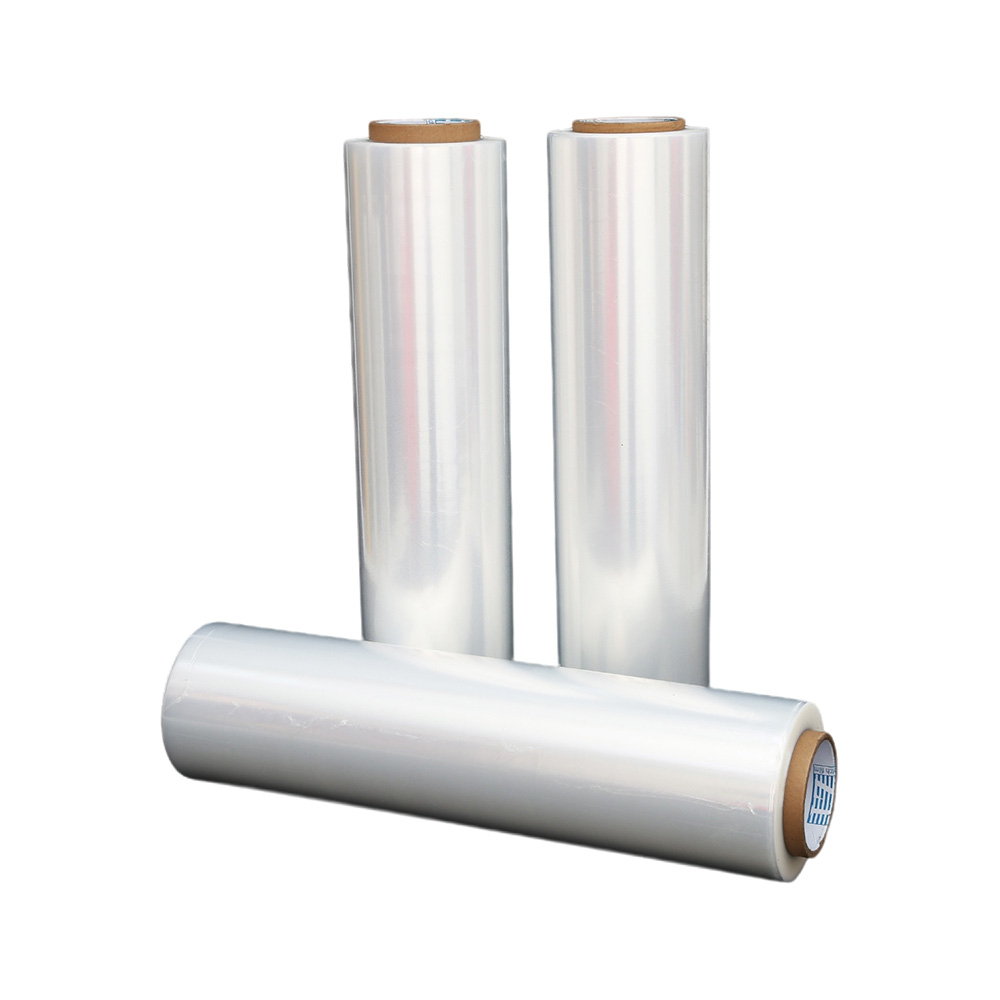The cause of static electricity in the film
Source:The cause of static electricity in the filmTime:2019-03-28Visitors:
There are several reasons for the static electricity generated by the film:
Static electricity generated when producing film
Because the particles rub against each other, the friction between the melt and the die, the film is wound up and the guide roller is rubbed, causing the film to generate static electricity at the time of shipment. Therefore, an antistatic agent is added during the film production process to eliminate this part of the static electricity. It should be said that this effect is still very good. Antistatic agents are surfactants in which the molecule contains polar hydrophilic groups and non-polar oleophilic groups. The lipophilic group has a certain compatibility with the plastic. The hydrophilic group can ionize or adsorb the moisture in the air, forming a thin conductive layer on the surface of the film to leak the charge, thereby achieving the purpose of eliminating static electricity.
Static electricity generated during printing, compounding, slitting, and bag making
The film generates static electricity due to friction between the film and the guide roller, friction of the film running at high speed, and dry air. This part of the static electricity has the greatest impact on production, and if it can not be effectively eliminated, it will have a great impact on the post-processing process. In general, it is effective to use a superconducting electrostatic brush (contact elimination), which is a method of contacting a film, and the generated static electricity is derived by grounding the brush with a low resistance (1 m wide resistance less than 1). solve this problem. It is also possible to use an ion generator in which the generated ions are blown onto the film in the form of wind (non-contact type). However, in actual operation, the ionic gas eliminates the static electricity carried by the film, and it is found that the running film also carries a part of the air ions in the air to enter the winding.
Static electricity generated by the finished film on the automatic packaging machine
The friction between the finished film and the device guide roller, and the film itself are not completely eliminated by static electricity. The automatic packaging is difficult and the required contents are sensitive to static electricity. In this case, the above method can also be used to eliminate static electricity. The most effective way is to eliminate it by using a superconducting electrostatic brush.

Static electricity generated when producing film
Because the particles rub against each other, the friction between the melt and the die, the film is wound up and the guide roller is rubbed, causing the film to generate static electricity at the time of shipment. Therefore, an antistatic agent is added during the film production process to eliminate this part of the static electricity. It should be said that this effect is still very good. Antistatic agents are surfactants in which the molecule contains polar hydrophilic groups and non-polar oleophilic groups. The lipophilic group has a certain compatibility with the plastic. The hydrophilic group can ionize or adsorb the moisture in the air, forming a thin conductive layer on the surface of the film to leak the charge, thereby achieving the purpose of eliminating static electricity.
Static electricity generated during printing, compounding, slitting, and bag making
The film generates static electricity due to friction between the film and the guide roller, friction of the film running at high speed, and dry air. This part of the static electricity has the greatest impact on production, and if it can not be effectively eliminated, it will have a great impact on the post-processing process. In general, it is effective to use a superconducting electrostatic brush (contact elimination), which is a method of contacting a film, and the generated static electricity is derived by grounding the brush with a low resistance (1 m wide resistance less than 1). solve this problem. It is also possible to use an ion generator in which the generated ions are blown onto the film in the form of wind (non-contact type). However, in actual operation, the ionic gas eliminates the static electricity carried by the film, and it is found that the running film also carries a part of the air ions in the air to enter the winding.
Static electricity generated by the finished film on the automatic packaging machine
The friction between the finished film and the device guide roller, and the film itself are not completely eliminated by static electricity. The automatic packaging is difficult and the required contents are sensitive to static electricity. In this case, the above method can also be used to eliminate static electricity. The most effective way is to eliminate it by using a superconducting electrostatic brush.

Recommended Products
Ranked in the same article
- how to use the stretch film technology to r
- How can we get detailed price list?
- Five common quality problems of PE protecti
- Plastic film degradation
- How to guarantee punctual shipment for our
- Gauge to Micron and Millimetre Conversion G
- What is the difference between stretch film
- Testing the permeability of stretch film
- Stretch film temperature requirements
- Electrical wire film VS electrostatic film
- Why insufficient transparency of stretch w
Latest news articles
- Stretch Film Wrap: Unraveling Its Benefits
- What Properties Ensure Effective Cold Chain
- Factors affecting viscosity of PE stretch f
- How can PE stretch film be cut better?
- The significance of using PE electric wire
- The Ultimate Guide to Choosing the Right Ma
- Advantages of white engineering film
- How to check the quality of PE stretch film
- The 133rd Spring Canton Fair
- What is the Difference Between Magic Tape a
- Bundling Stretch Film: Optimize Your Packag



